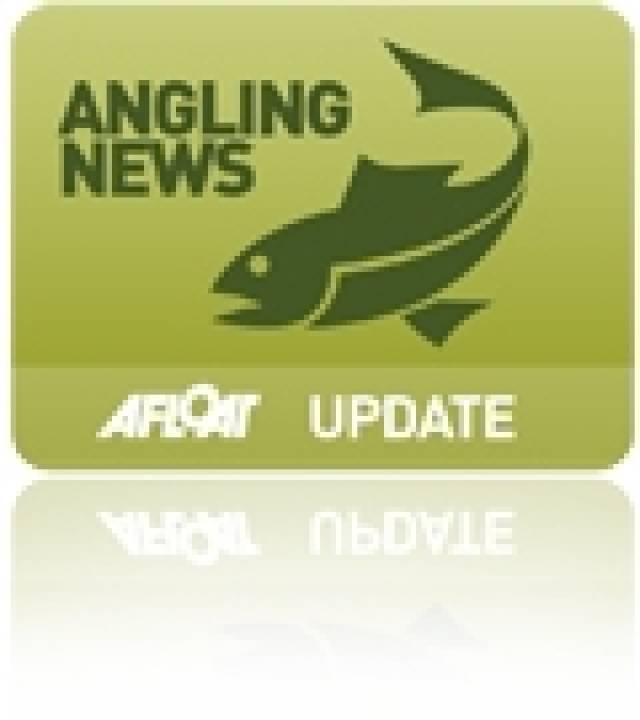#Angling - Inland Fisheries Ireland (IFI) is currently carrying out a complete fish stock survey on Lough Ree in the Midlands to assess the current status of coarse, pike and game fish populations in the lake.
The survey, which began on Monday 24 February and continues till Friday 14 March 2014, involves netting of 200 sites throughout Lough Ree performed by IFI staff from the Shannon River Basin Districts (ShRBD) and research staff in Swords, and comprising a total of five boat crews, two safety crews and processing crews based around Lough Ree.
The time of year of the survey is comparable with netting surveys on other major lakes in Ireland over the last 30 years or so. The type of information gleaned from the survey will include catch per unit effort (CPUE) for each fish species, size distributions of fish caught, aging for all species and microsatellite (DNA) analysis (for brown trout).
Sampling to assess the distribution of introduced (invasive) species will be carried out, with particular reference to the invasive ‘Asian clam’ Corbicula fluminea.
The genetic analysis of the brown trout will contribute the survey work carried out in 2013, with participation from anglers on Lough Ree, Lough Derravaragh, Lough Owel and the River Suck. In 2013 anglers sampled scales from adult trout caught in these areas and submitted these samples to IFI for DNA analysis.
In addition, all the major sub-catchments around Lough Ree, River Inny and River Suck were electro-fished in 2013 to help build up a baseline by which adult trout caught in these waterways can be attributed to the rivers in which they were spawned.
IFI describes this as very exciting work that will help build up a picture of what rivers (or parts of river sub-catchments) are contributing to the adult brown trout populations on these major lakes.
Similar work on the major western lakes have shown that the native brown trout can undertake extensive feeding and spawning migrations and has also shown (for example the ‘Croneen’ trout of the Camcor/Little Brosna system) that there are genetically distinct populations of trout which undergo large migrations from specific river systems to feed in large lakes like Lough Derg and Lough Ree.
Another aspect of this current netting survey will involve floy tagging of pike. Floy tags will be inserted below the dorsal fin of the pike and each fish will be released. Each tag will have a unique reference number which can easily be identified on later recapture of the pike.
Anglers will again be asked to record these tag numbers and potentially the length of fish, particularly during the major pike angling tournaments on Lough Ree in 2014. This will work as a mark-recapture method for estimating pike numbers in the lake, and it could potentially provide information on the growth rate of pike.
The survey crews will be very visible on Lough Ree over the next few weeks and all sets of nets will be marked with distinctive buoys labeled ‘IFI Survey’. Any anglers or other lake users are asked to be vigilant if out and about on the lake over the next few weeks and to avoid snagging in the nets.
































































